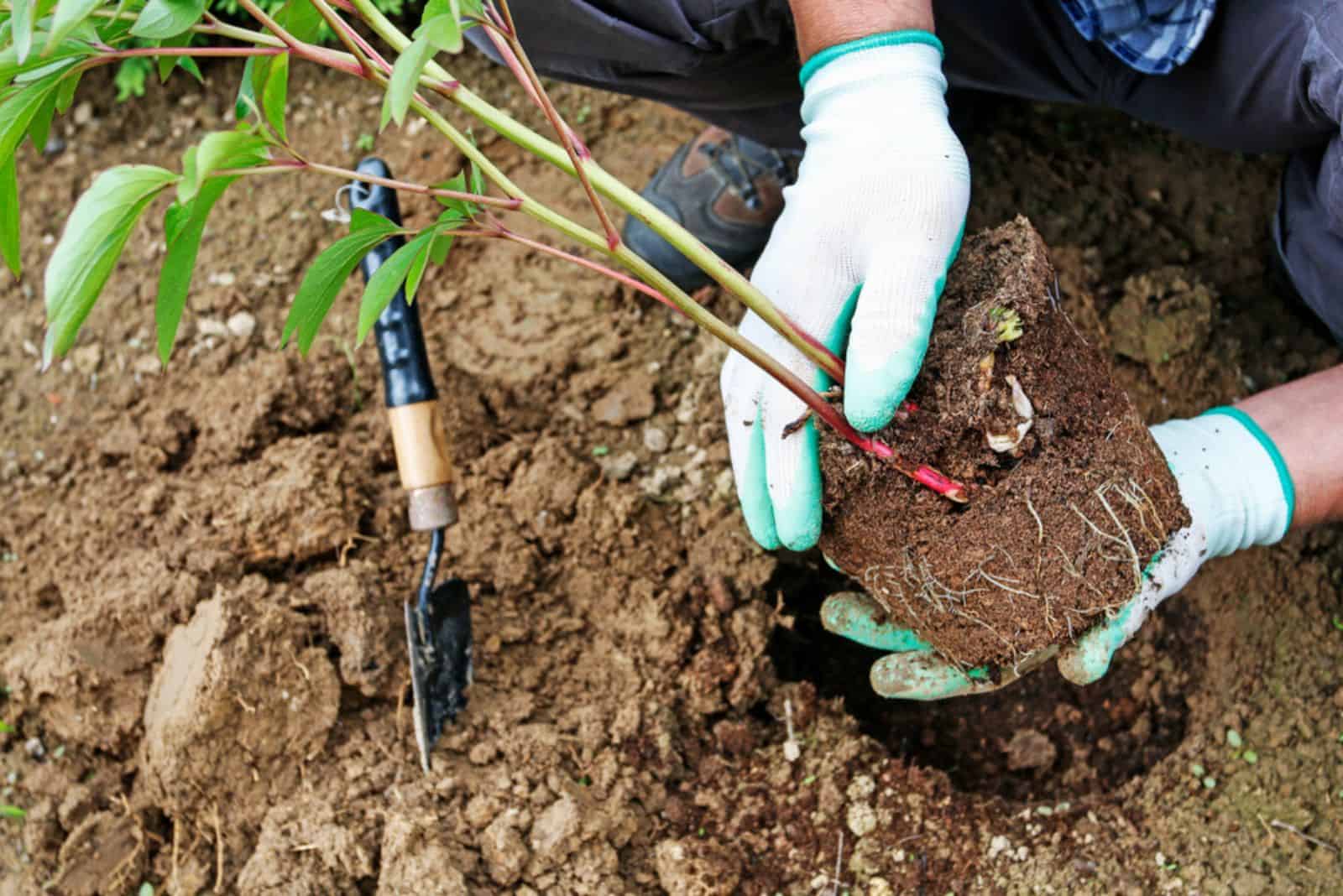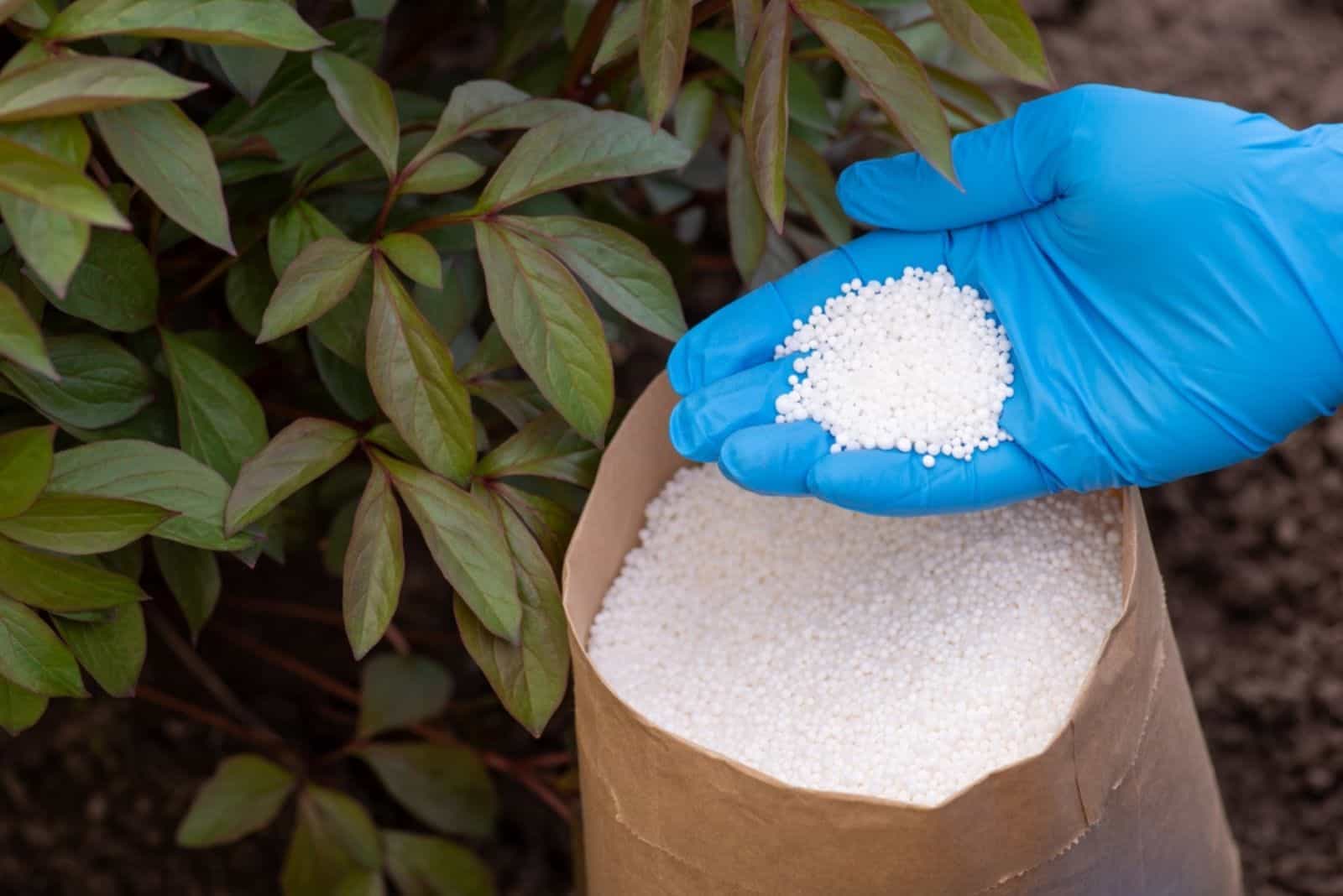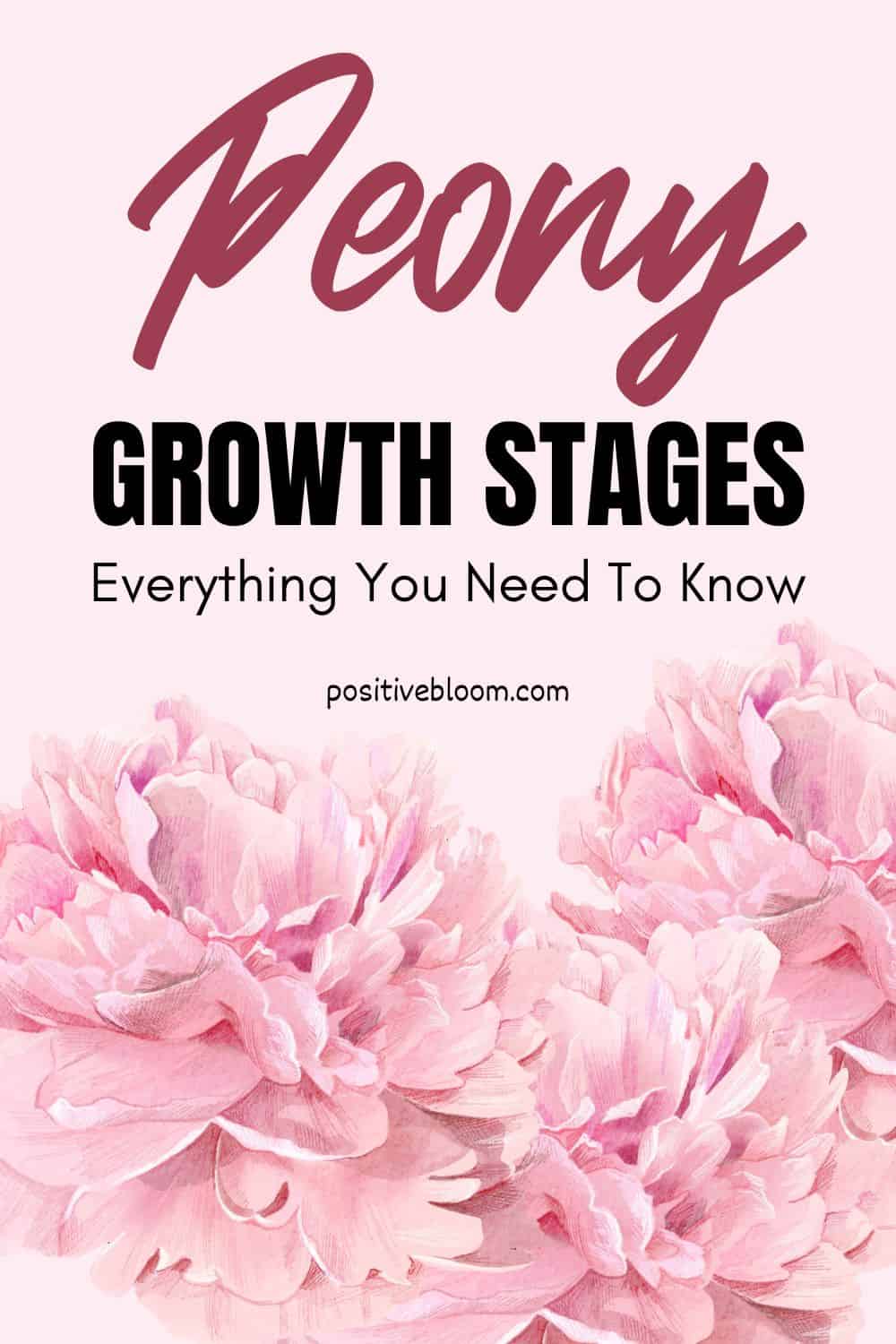Aren’t peonies the sweetest thing ever? Their large and spectacular flowers with an amazing scent make every garden prettier.
But peonies aren’t just pretty; these low-maintenance plants can adorn your garden for years if given the proper care.
Paeonia, aka peony, is a captivating plant that initially grows in Asia and North America.
In this article, I’ll show you all the peony growth stages and what to expect from each of them.
Remember, you need to ensure the best conditions for your peony to reach maturity, so keep reading to learn how to promote the growth of this classic plant.
Let’s get started!
Peony Growth Stages
The peony has a life cycle that comprises of several growing stages, including bud swelling, bud germination, shoot emergence and elongation, leaf opening, leaf extension, flower bud enlargement, and blooming.
Let’s get into details!
Bud Swelling
For peonies, everything starts when their buds enlarge. Once the temperatures and water absorption increase, peony buds start swelling.
The appearance and structure of the outer scale change during this peony growing stage; it becomes fleshy and vibrant, and typically red, orange, or bright yellow.
But it still won’t unfold, although it loosens up; regrowth following the frost season starts at this time.
The time peony buds need to swell mainly depends on the species you are growing. Some peony species need more time to wake up from dormancy.
Make sure you keep peony soil moist, as these plants aren’t drought-tolerant.
Bud Germination And Shoot Emergence
Peony buds germinate, and new shoots emerge in the second stage of growth.
This means that the above mentioned outer scales gradually open, and your peony starts producing shoots.
However, baby leaves still stay folded; you might assume it’s merely a stem, but upon closer inspection you’ll notice those are the leaves.
The shoots become longer and longer, and all the other plant parts develop further.
Leaf Opening
The peony leaves and stems continue developing, and the petiole extends. As a result, curled leaflets open and the first flower buds occur.
Interestingly, peonies reach their full height during this growth stage and may grow from 36 to 60 inches.
Sometimes, early bloom abortion occurs at this stage.
Leaf Extension
The leaves of peony plants become flat and start expanding outwards.
Once this peony growing stage ends, most of the leaves will be extended. What I really like about this stage is that blossoms can occur at any time, and things get more and more exciting.
Peony plants require special attention throughout this critical phase of their development.
As well as ensuring water and nutrients for your peonies, regularly inspect them for pests and diseases.
Flower Bud Enlargement
Your peony will begin to produce flower buds when the timing is right, and they will eventually grow to be about the size of a golf ball.
The flower buds will be perched on the tops of the stalk, and the stalk will serve as a support.
You should now be able to distinguish the hue of the peony blossoms you are cultivating.
Round buds will be covered in green on the underside, with the blossom color showing through at the top. If you have a little patience, the buds will soon open and your peony will enter the subsequent growth period.
Blooming
Your peony now enters the final growth stage – blooming. It is during this time that the petals begin to open and the flowers begin to exhibit the distinctive ornamental characteristics of the cultivars.
Herbaceous peonies will bloom depending on the species; the flowers occur in late spring (late May) to early summer.
You will have a garden full of peony cut flowers for about 7-10 days.
They transform them into full-grown, beautiful, velvety blossoms with an abundance of eye-catching petals. It’s important to note that the flowers will also have a wonderful fragrance in addition to their visual appeal.
How Long Does A Peony Take To Grow?
Peonies need approximately 3 to 4 years to establish themselves as fully mature blooming plants, as opposed to annuals.
The first year of growth is dedicated to producing roots and establishing the plant in the garden. First-year peony flowers can be smaller and lack a mature plant’s normal shape or color.
In reality, some varieties of peonies may not bloom in the first or second year. By the third year, there will be a profusion of blossoms, which will be a fantastic reward for your patience.
How Do You Speed Up Peony Growth?
Peonies are famous Chinese flowers, and their different colors make every garden prettier. Growing peonies isn’t a challenging task, but you need to pay more attention if you want to speed up their growth.
Here is what you need to do in order to see peony blooms sooner:
Ensure Enough Light
Peonies are full-sun-loving plants. Anything less than 6 hours a day won’t meet the needs of this flowering plant.
If you don’t give it enough light, you won’t get many flowers, and they’ll be smaller. Additionally, these plants will be more susceptible to fungal diseases.
Choose Suitable Soil
Peonies require well-drained soil; herbaceous peonies need slightly acidic soil, whereas tree peonies prefer slightly alkaline soils.
Before planting peonies, make sure the soil is suitable because these amazing plants can be in the same spot for about 100 years.
Water Properly
Your peony will thrive best if given about an inch or two of water per week. Remember, it’s better to have soil with more water than entirely dry because these plants aren’t drought-tolerant.
Pay attention to soil moisture if you plant peony seeds; they need water to sprout.
Right Temperatures
Peonies are hardy in USDA zones 3-8; cold winters are actually beneficial for these plants. If you live in an area with extremely cold winters, add a layer of mulch to protect the peony roots. Don’t forget to remove the mulch once the spring arrives.
Feed Your Peonies
Fertilization will promote peony plant growth, although it’s not a heavy feeder. The first time you plant peonies, you can add mulch and pine needles to ensure there’s enough nutrients.
After your plant finishes its blooming season, mix compost and fertilizer, and add it around the base of your peony plant.
Pruning
If you decide to grow peonies, you won’t have to spend too much time pruning them. Once the flowering season ends, you can remove dead or damaged stems and branches to prepare your plant for the next year.
FAQs
What is the average height of peonies?
Peony average height depends on the species; if you grow herbaceous peonies, you can expect them to grow from 1 to 3 feet both in height and width.
On the other hand, if you grow tree peonies you can expect them to grow from 4 to 7 feet in height and 3 to 5 feet in width.
How much water should peonies be given?
Contrary to popular belief, peonies need a lot of water during the first stages of growth. They’ll benefit from an inch or two of water per week, especially in extremely dry climates.
What should you do if your peonies are not blooming?
The first thing to do if your peony doesn’t produce beautiful flowers is check the light level. These plants love full sun, and won’t bloom unless given at least 6 hours of direct sunlight daily.
If you have transplanted your peonies recently, they may not bloom until they fully adapt. Also, your plants won’t bloom if given too much food; they are light feeders and won’t take excess Nitrogen well.
Wrapping Up
Growing peonies is interesting and brings a lot of satisfaction once the blooming season ends. Cut peonies are a truly amazing sight.
You’ve learned all about the peony growth stages, so just make sure all conditions are suitable during each growth stage. Your peony will appreciate it and reward you with its beautiful flowers!
Until next time!
Like this post? Share or pin it for later!







